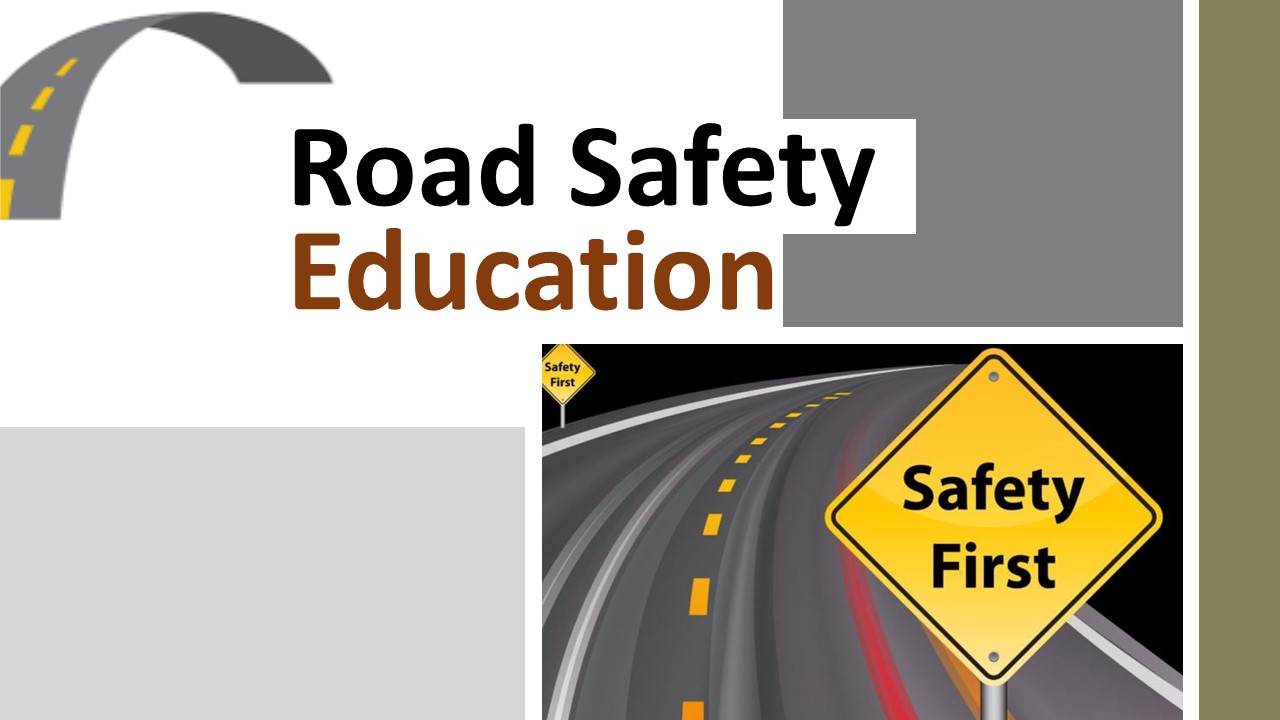Road Safety Education- Are the Right Skills Taught in Colleges?
- By
- Pooja |
- February 14, 2024 |
- Civil Engineering, Traffic Engineering,

Table of Contents
What is Safe Driving: Following Rules vs. Being Ready
Hazard Perception and Making Smart Moves:
Emotional Intelligence and Road Rage Management:
Pedestrian and Cyclist Awareness:
Let's talk about driving safety in colleges! We're questioning if we're teaching future drivers all the right stuff. Sure, college programs cover the basics like steering and traffic rules, but are we missing the bigger picture?
There's a worry that we're focusing too much on just driving skills. Stuff like how to handle a car and follow the rules. But what about the important stuff like knowing how to stay safe, spot dangers, and make smart decisions on the road? These things often don't get enough attention.
With technology changing how we drive and roads getting busier, it's time to step up our game. We need to teach students about things like distracted driving and dealing with tricky situations. It's not just about knowing the rules; it's about having the right mindset to drive responsibly.
We can make learning more fun and useful by using real-life examples and stories. By teaching this way, we can help create a new generation of drivers who don't just drive well but also care about keeping the roads safe for everyone.
What is Safe Driving: Following Rules vs. Being Ready
There's a debate about whether it's better to stick strictly to the rules or to be prepared for anything while driving. Both are important, but they focus on different things.
Following the rules means obeying all the traffic laws. It's like sticking to a playbook to keep things orderly on the road. But real driving isn't always predictable, and sometimes, just following the rules isn't enough to stay safe.
That's where being ready comes in. It's about staying alert, expecting the unexpected, and being ready to react to whatever comes your way. It's like having a sixth sense for potential dangers. This approach teaches drivers to stay aware of their surroundings and be ready to handle anything, even if other drivers aren't following the rules perfectly.
The best way to stay safe on the road?
It's probably a mix of both. Following the rules gives you a solid foundation, but being prepared for anything adds an extra layer of safety for navigating the real world of driving.
Technology Integration:
Technology is becoming a big part of making driving safer. It helps us follow the rules and stay alert on the road. Things like lane warnings and automatic braking in cars remind us to stick to the rules and keep safe.
But tech doesn't just help us follow the rules; it also helps us drive defensively. Advanced systems in cars can spot dangers and warn us in time. Also, new tech like cars talking to each other can make driving safer by sharing info.
So, using both technology and defensive driving skills can make our roads much safer. It's like having extra eyes and ears to keep us safe while we drive.
Read More:
Hazard Perception and Making Smart Moves:
Being a good driver isn't just about following the rules; it's also about being able to see dangers and react quickly. A skilled driver can spot things like sudden lane changes or risky moves by other drivers.
Once you spot a danger, you have to decide what to do. Sometimes it means slowing down or changing lanes fast to avoid a crash. It's about balancing following the rules with making quick decisions to stay safe.
To be a safe driver, you need both skills: spotting dangers and making smart moves. Learning these skills can help drivers handle tricky situations and make our roads safer for everyone.
Emotional Intelligence and Road Rage Management:
Road rage can make driving dangerous. But understanding your own emotions and those of others can help keep road rage in check. It's called emotional intelligence.
Drivers with high emotional intelligence can stay calm even in frustrating situations like traffic jams. They can recognize when their emotions are getting out of hand and avoid getting into fights on the road.
By understanding each other's feelings and challenges, drivers can create a more peaceful and safe driving environment. Learning about emotional intelligence can help us all be better drivers.
Pedestrian and Cyclist Awareness:
Sharing the road safely means watching out for pedestrians and cyclists too. They're more vulnerable than drivers, so we need to be extra careful around them.
Drivers should be aware of crosswalks, watch for cyclists, and slow-down in areas where pedestrians might be. And pedestrians and cyclists should follow the rules too, like using crosswalks and wearing bright clothes.
By understanding each other's perspectives and being considerate, we can all make the roads safer for everyone.
Please feel free to like, share and comment.
Admin, gcelab.com Please see our Pillar Post to know why we founded gcelab.com.
Read More:
- What is Traffic Calming Measures? 7 Important Points
-
The Future is Here: Embracing Autonomous Vehicles in Transportation

Pooja
Founder at gcelab.com, Pooja is an Entrepreneur unlocking human potential. Working in the Principles of Lean Start-up, Pooja believes in Transparency and User Happiness the most. Pooja’s background in teaching gives her a sophisticated grasp on even the most tedious aspect of course building. She is passionate about people who believe that good is not enough.


